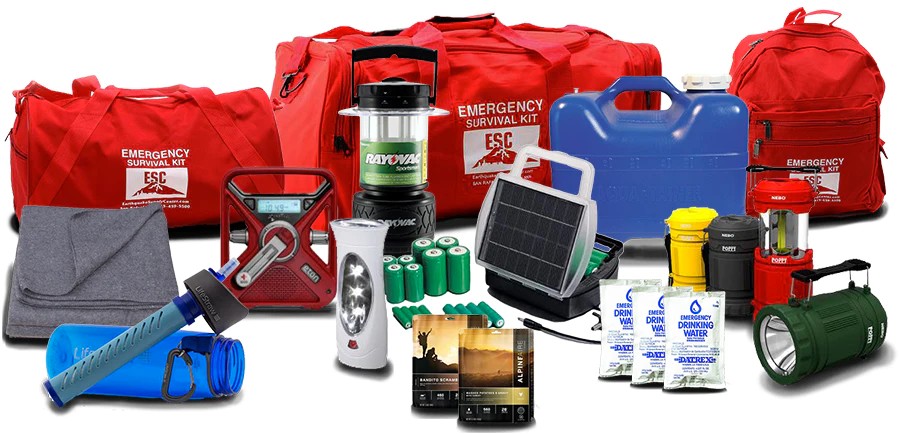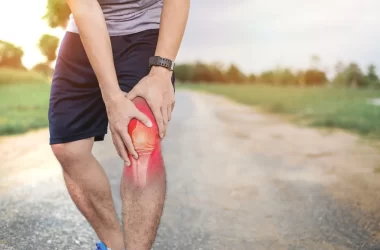The fear, anxiety, and monetary losses caused by natural disasters can be mitigated with proper preparation. Every individual, household, and community needs to know what to do in the event of a fire and where to take shelter during a severe storm. People need to know basic first aid in case they are forced to abandon their houses and find refuge in community centres, and they should be prepared to evacuate.
Furthermore, humans can decrease the effects of natural disasters (by elevating their homes, moving them to safer regions, and securing objects that could become displaced during an earthquake, for example) and, in extremely unusual situations, entirely avoid the threat altogether.
The need to be prepared is pressing
Hundreds of thousands of people, if not more, lose their lives every year because of natural disasters. Both lives and property are lost as a result of every natural disaster.
Local authorities and relief agencies will do what they can to help you if a disaster comes, but you should be ready for it as well. It’s conceivable that emergency personnel in your area won’t be able to reach you right away or will have to prioritise another incident.
Hurricanes, earthquakes, extremely low temperatures, flooding, and even terrorist attacks are all potential threats to your area, so it’s important to be ready for them.
Be self-sufficient in food, water, and shelter for at least three days. It’s possible that this means you have to take care of your own basic requirements like food, clothing, and a place to sleep.
Large-scale calamities or dangerous weather that prevents people from venturing outdoors pose threats to the availability of replenishment. That’s why it’s crucial that locals stock up on food, water, and medicine. The 3 days kits are so essential here.
Emergency Supplies for Three Days
Fires, floods, earthquakes, and other disasters are only few of the many types that might occur. It’s likely that you and your loved ones will need to fend for themselves after an emergency. In the event of an emergency, it is crucial to have access to sufficient food, water, and medical supplies. It will take time for local officials and aid workers to reach everyone in the area after a disaster. It could take a few hours or several days before you receive help. It is estimated that after a major disaster, it could take rescuers up to three days to reach some areas.
Furthermore, it’s probable that life-sustaining services like electricity, gas, water, sewage treatment and telephones would be out of commission for days, weeks or even months. You should stock your emergency kit with necessities that will help you get by when the power goes out.
Conclusion
At all times, every person and household should have at least one 72-Hour Kit on hand (Basic Disaster Supplies Kit). Prioritize getting dressed as much in advance as you can for a sudden event. You should pack the essentials and be ready to leave at a moment’s notice. You probably won’t have time to look for or go shopping for the things you need.







